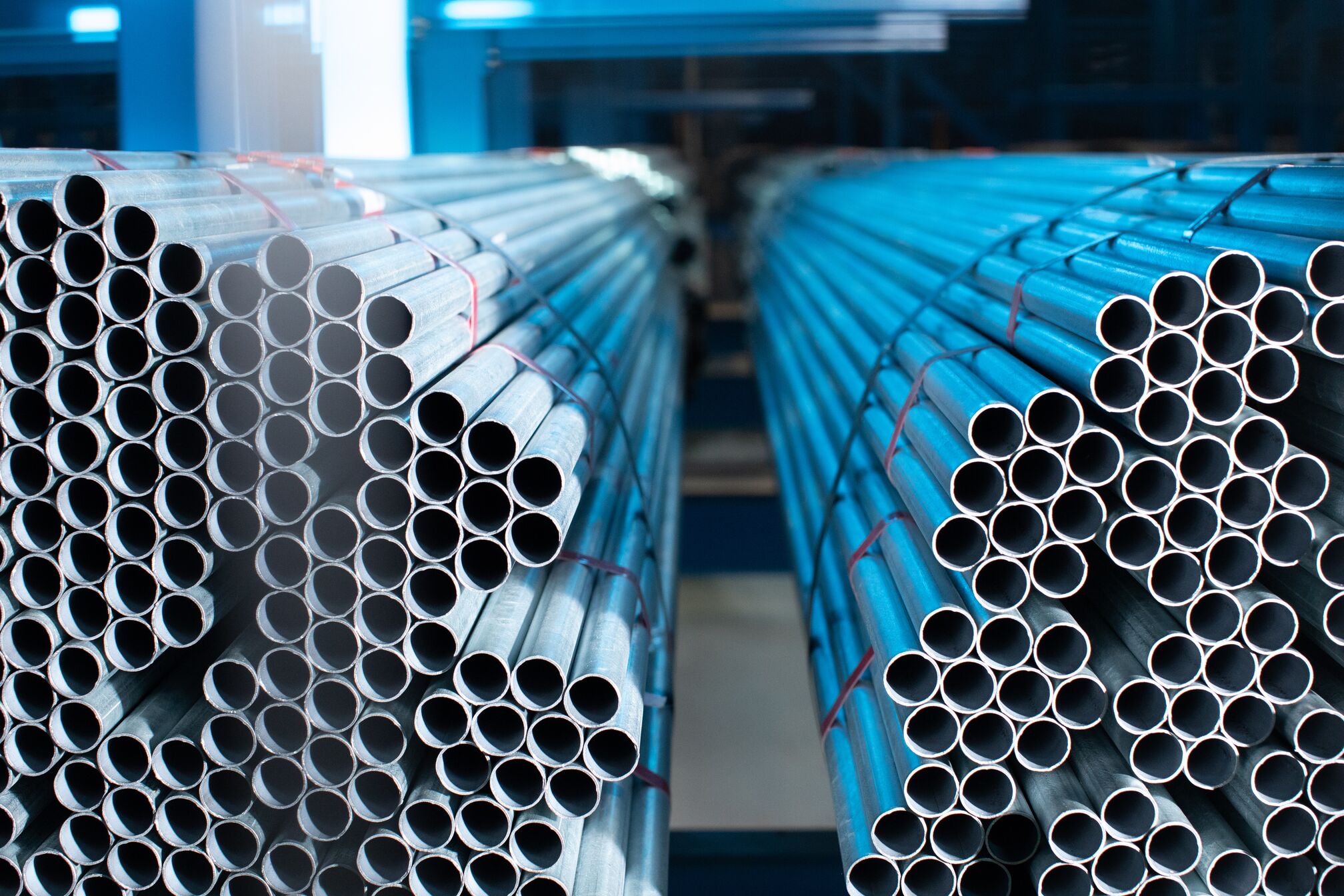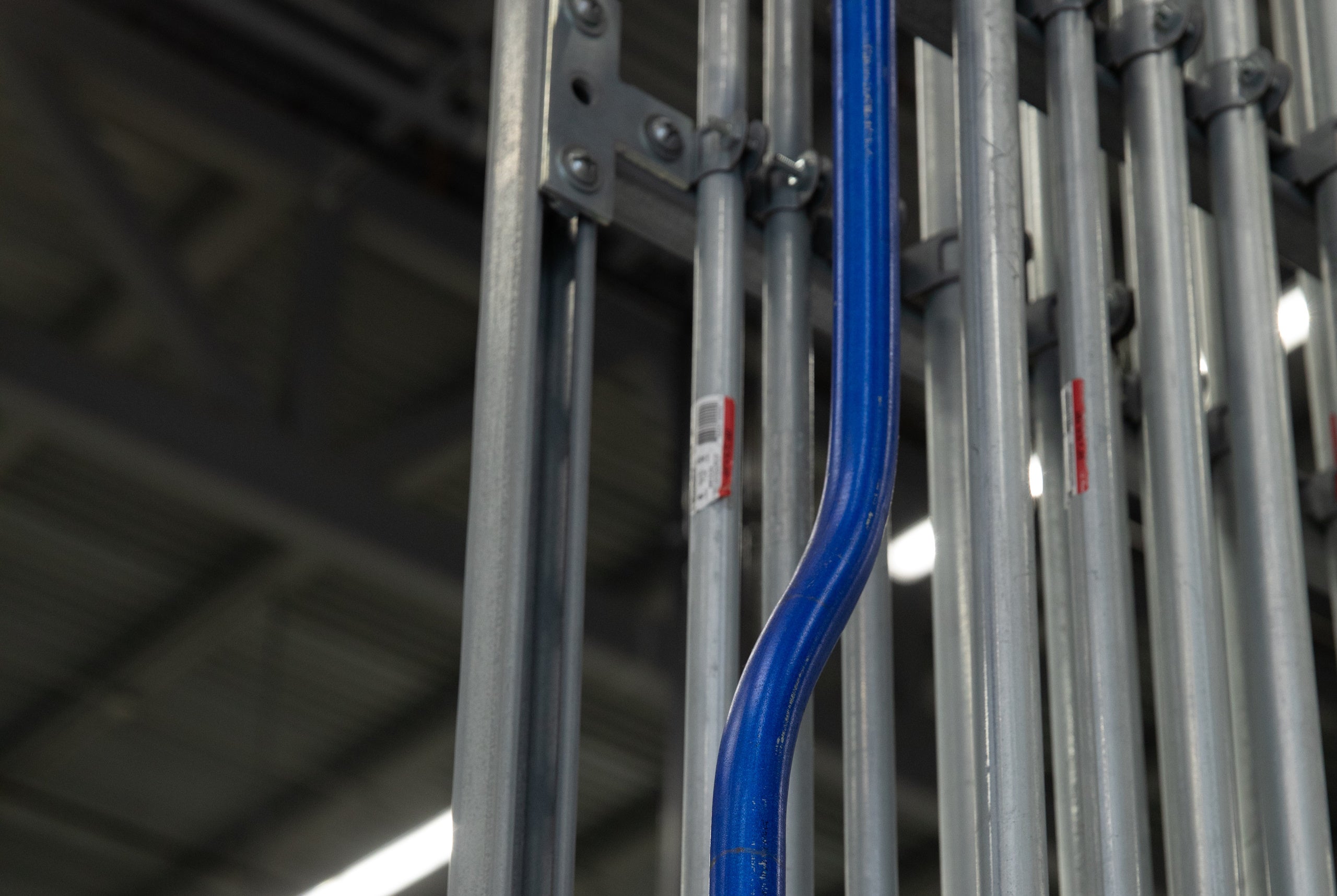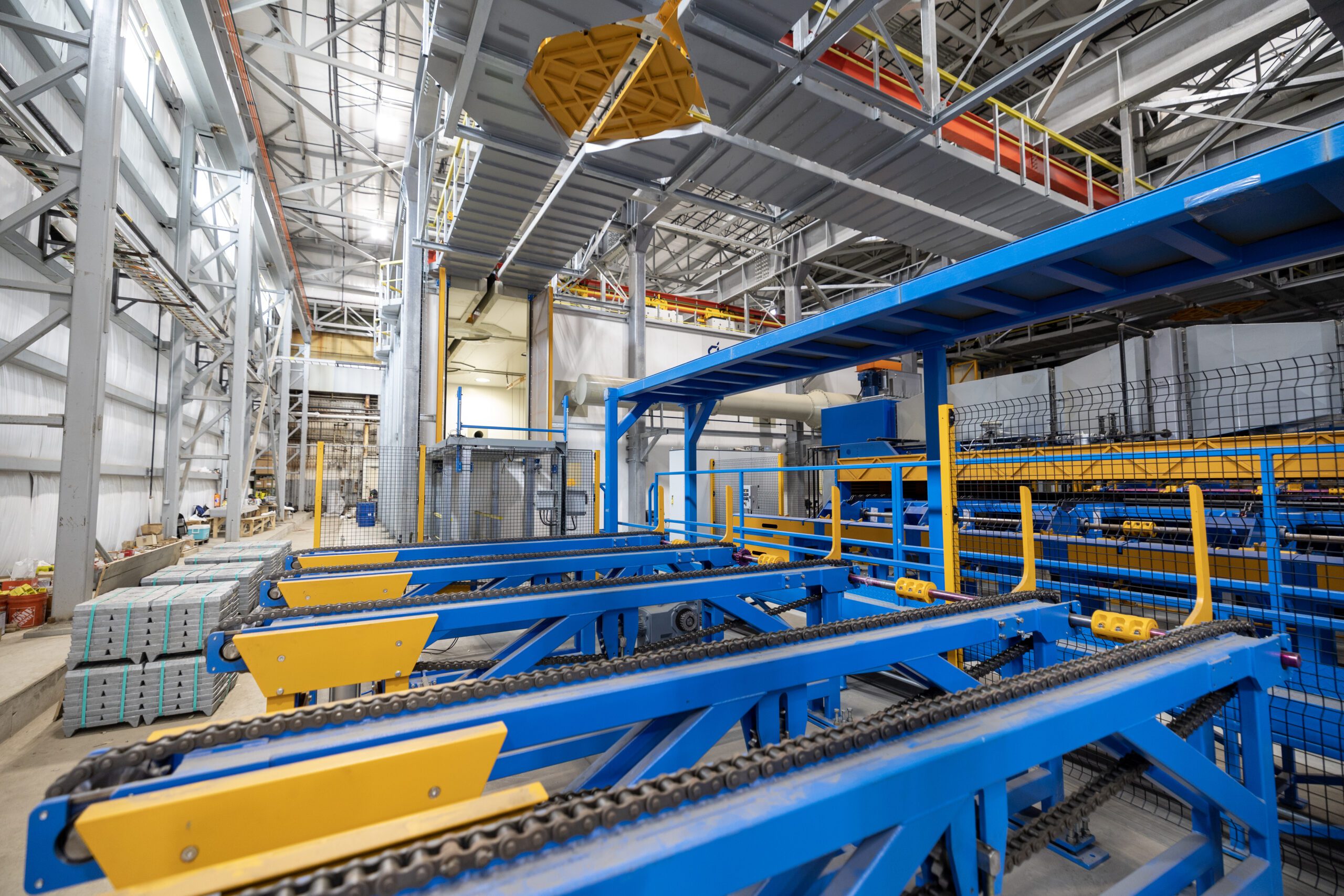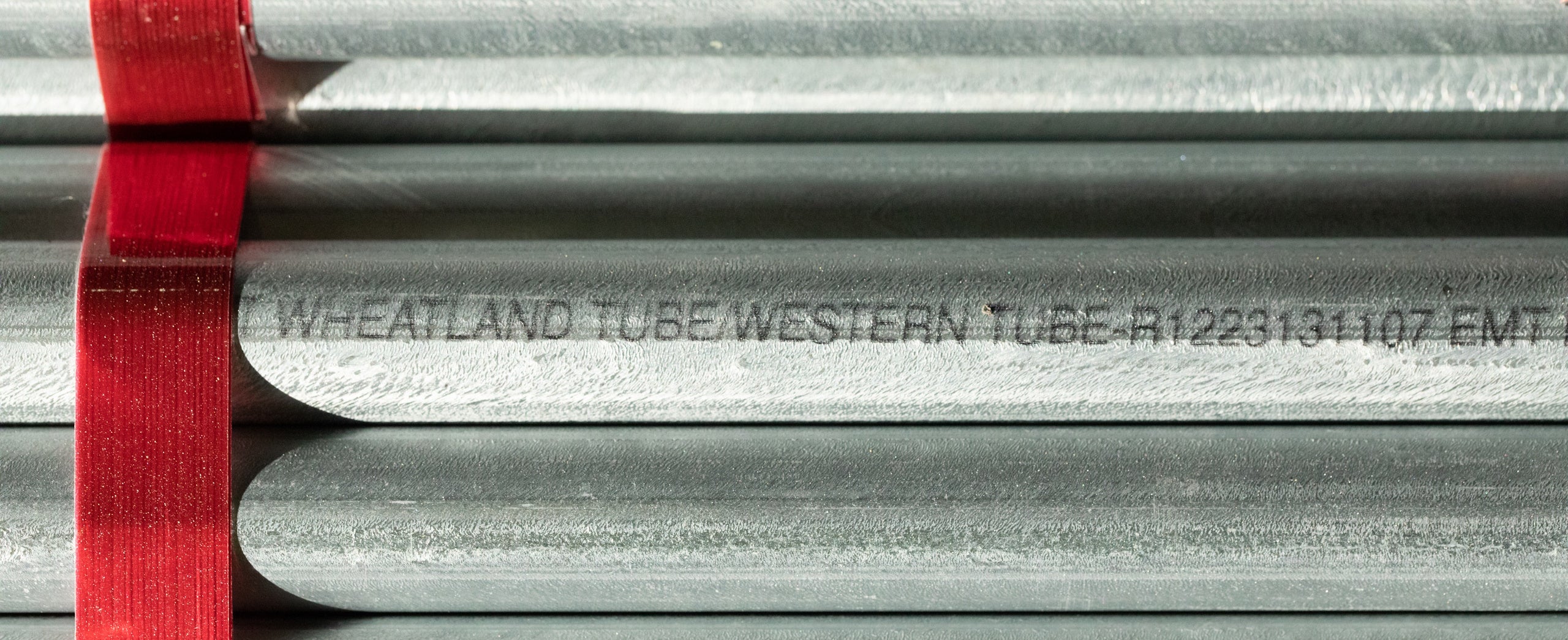Steel Here: Why America Cannot Afford to Lose Its Steel Industry
Learn how integral steel is to our way of life and why we need to keep making it here.
Steel forms the backbone of America.
From the bridges we cross to the technology we use at home, this versatile metal shapes our daily existence in ways most people never consider. Yet, America’s steel industry faces mounting pressure from unfair trade practices and shifting economic priorities.
Understanding steel’s omnipresence in our lives and the critical importance of maintaining its domestic production reveals why preserving American steelmaking isn’t just an economic issue, but a matter of national survival.
Steel: The Hidden Foundation of Modern Life
Walk through any American city, and steel surrounds you at every turn. The skyscrapers towering overhead rely on steel frameworks that can flex with the wind while supporting millions of pounds. The bridges spanning across flowing rivers use steel cables and structural members that are engineered to carry millions of vehicles and last decades. Sports stadiums designed to house thousands of fans use steel for retractable roofs, light posts, security fences, parking infrastructure, and training equipment. Even the sidewalks beneath your feet contain steel reinforcement bars that prevent concrete from cracking under stress.
America’s transportation network depends entirely on steel. Every automobile rolling down the highway contains about 2,000 pounds of steel in its frame, engine components, and safety systems. The rails carrying freight and commuter trains across the continent are made from steel specifically designed to withstand immense pressure and temperature changes. Commercial aircraft rely on high-strength steel components in landing gear, jet engines, and specific structural joints that ensure passenger safety at 35,000 feet.
Steel’s presence extends far beyond obvious applications. The appliances in your kitchen, refrigerators, ovens, and dishwashers use steel internally for durability and heat resistance and stainless steel for aesthetic appeal. Lifesaving medical equipment in hospitals depends on surgical-grade steel that won’t fail during critical procedures.
Most importantly, our energy infrastructure requires massive amounts of steel. Oil and gas pipelines stretching thousands of miles use specialized steel to resist corrosion and high pressures. Power plants depend on steel for their structure, turbines, containment systems, and transmission equipment. Solar farms rely on corrosion-resistant steel tubing to support massive panel arrays. The electrical grid distributing power relies on steel transmission towers and transformer housings. And once power reaches our homes, workplaces, and recreational areas, durable steel conduit safeguards the electrical conductors.
Steel is central to the way we build and power the homes, factories, stadiums, hospitals, appliances, and power generation facilities that keep America running.
Why Domestic Steel Production Needs to Stay Here
America’s economic stability depends on a robust domestic steel industry. In addition to directly supporting nearly every industry, steel production itself creates high-paying manufacturing jobs that support entire communities, with every manufacturing job creating an estimated 4.8 additional jobs in other sectors. When steel mills stay open, the economic benefits ripple through local suppliers, service businesses, and related industries. American steel production also generates significant tax revenue for local and federal governments, with steel mills contributing property taxes that fund schools and crucial public services. Workers earning good wages also spend at local businesses, with every $1 spent in manufacturing generating approximately $2.64 in the local economy. Maintaining domestic steel production facilities means maintaining America’s middle class.
Maintaining domestic steel production is crucial to preserving America’s national security. The American manufacturing juggernaut proved decisive in winning World War II, with the United States producing over 60% of the world’s steel in 1945 and supplying millions of tons of equipment and other vital materials to its allies. Modern military equipment still requires specialized steel alloys that foreign producers may not supply during conflicts, proving that domestic steel production remains crucial to American security. For example, a single Arleigh Burke-class destroyer ship has a displacement of between 8,300-9,700 tons and features all-steel construction, potentially requiring weeks of nonstop production from a single steel mill to make. Military bases require steel for hangars, barracks, and defensive structures. Weapons and ammunition manufacturers use steel in small arms and larger artillery pieces. Without domestic steel production, American soldiers may not be able to defend our country from threats.
Environmental considerations also heavily favor American steel production. Here in America, the days of steel mills polluting the environment with smog and wastewater are long gone. Modern American steel mills operate under strict environmental regulations and utilize advanced technology to cut down on carbon emissions, setting standards that many foreign competitors cannot meet. Today, American mills using EAF furnaces produce steel that typically contains 90% or more recycled product, emitting 75% less CO2 than the traditional manufacturing methods used by some foreign countries. Furthermore, sourcing steel from American facilities negates the substantial carbon emissions from international transport. In 2022, there were an estimated 945.8 million tons of CO2 emissions globally from the shipping industry. By supporting local steel production, American businesses also reduce global pollution.
America’s Future is Built on Steel
America’s steel industry embodies economic independence, national security, environmental stewardship, and technological advancement. From the steel surrounding and supporting us daily to the economic enrichment it provides, domestic steel production remains essential for a great American future. By preserving this crucial industry, America can also maintain the foundation upon which its prosperity and security rest. America can’t afford to lose its steel industry to foreign producers that don’t value their citizens or the planet.
Let’s keep Steel Here.
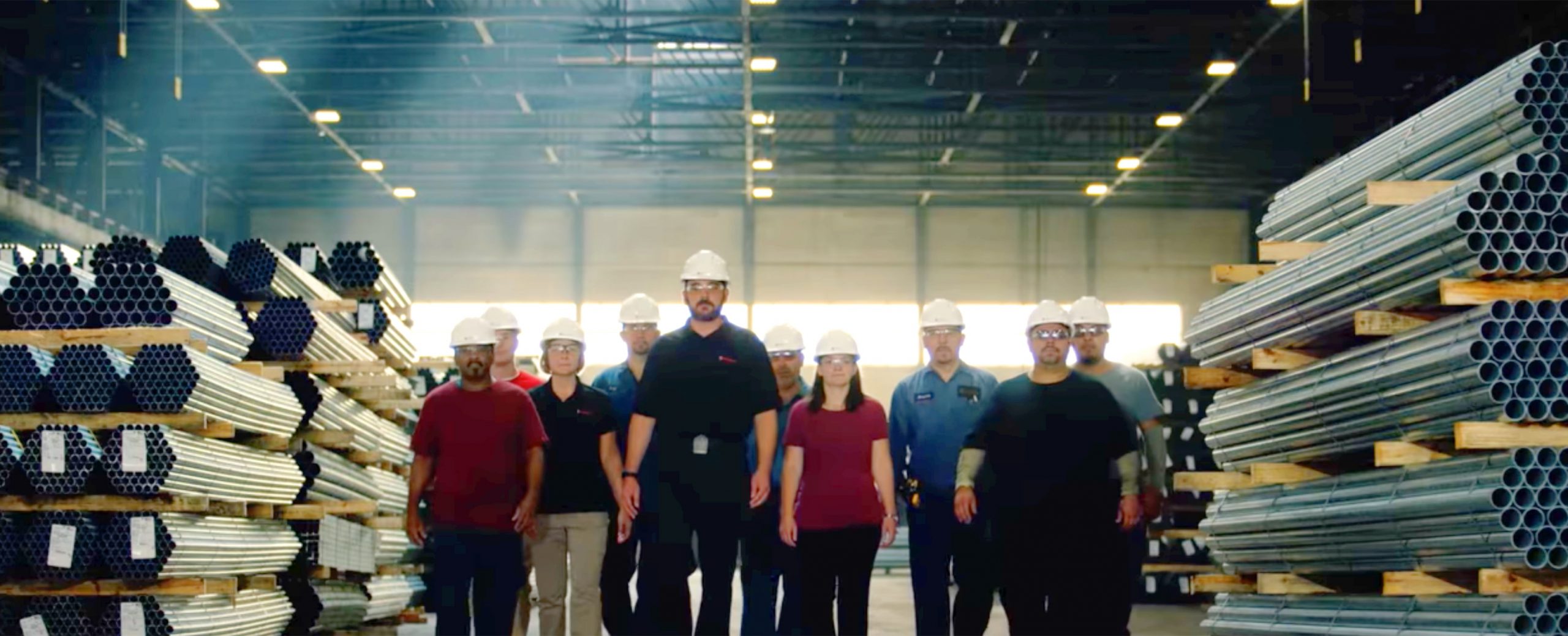
There’s nothing better than building something you believe in.
Zekelman companies are in constant motion, expanding our teams and challenging convention.
"*" indicates required fields

